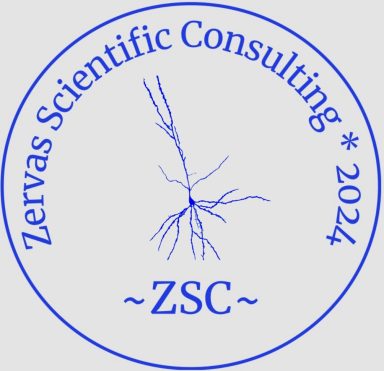
Dr. Zervas has designed and led efforts for advancing assays designed to address complex scientific problem. He and his team developed a series of experiments to validate the role of Wnt1 in establishing Calbindin+ dopamine neurons from mouse embryonic stem cells (Dingle et al., 2016), which are an in vitro model system of VTA dopamine neurons involved in psychiatric disorders. He has also developed a novel in vitro assay platform integrating biological and technical modalities to investigate mechanisms of blood brain barrier disruption and molecules that may ameliorate disruptions. In addition to in vitro assays, Dr. Zervas has also developed in vivo models using mouse genetics including establishing temporal and spatial control of gene deletion and simultaneous cell lineage tracing to mutate and track neurons - modeling somatic mosaicism of the disorder, Tuberous Sclerosis. A second assay utilizing temporal and spatial gene deletion-lineage tracing was to identify and validate that Wnt1 plays a distinct temporal role is establish VTA dopamine neurons in vivo (Brown et al., 2011; Yang et al., 2013).
